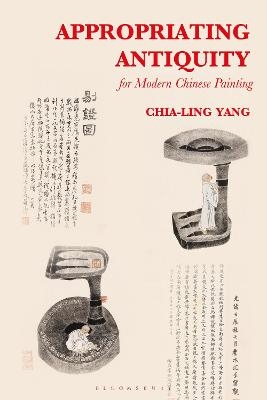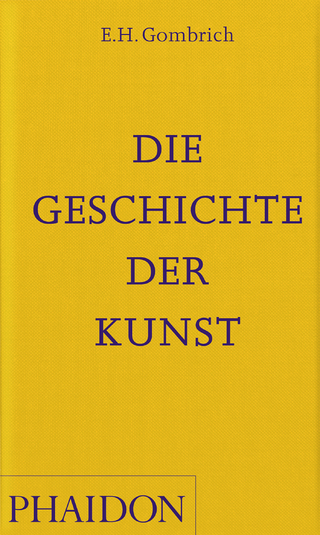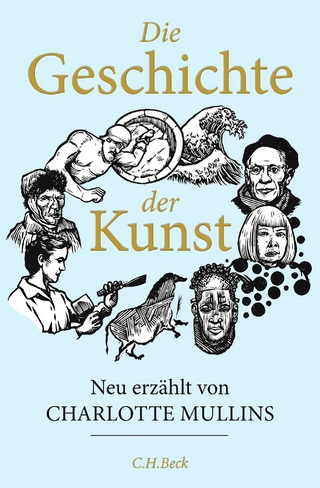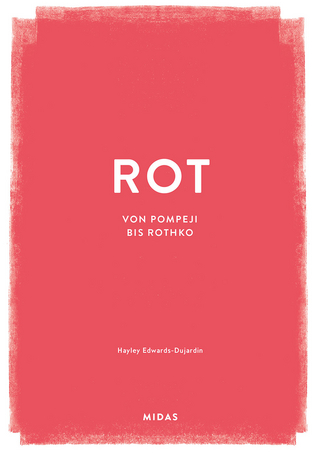
Appropriating Antiquity for Modern Chinese Painting
Bloomsbury Visual Arts (Verlag)
978-1-5013-5837-1 (ISBN)
In searching for the public meaning of inventive private collecting activity, Appropriating Antiquity in Modern Chinese Painting draws on various modes of artistic creation to address how the use of antiquities in early 20th-century Chinese art both produced and reinforced the imaginative links between ancient civilization and modern lives in the late Qing dynasty. Further exploring how these social and cultural transformations were related to the artistic exchanges happening at the time between China, Japan and the West, the book successfully analyses how modernity was translated and appropriated at the turn of the 20th century, throughout Asia and further afield.
Chia-Ling Yang is Professor of History of Art and Personal Chair of Chinese Art at The University of Edinburgh, UK. She received her PhD in Chinese Art from SOAS, University of London, UK. She has worked with the V&A and the British Museum on a range of exhibition projects.
Acknowledgements
List of Plates
List of Figures
Part One: .Introduction: Jinshi in Modern Context
Part Two: From Evidential Learning to Antiquarian Art
2.1 Jinshixue and Cultural Landscape in the Lower Yangtze River
2.2 Illustrated Records of Investigating Steles
2.3 The Stele School and Re-evaluation of Bafenshu
2.4 A Revival of Pre-Tang Scripts and its Impact on Art
Part Three: Rubbing into Painting: Transmedia Appropriation of New Scholarly Painting
3.1 New Look of Collectors’ Accumulated Antiquities
3.2 Dashou and Composite Rubbing
3.3 Intertextual and Transmedia Approaches
3.4 From Evidential Learning to Festive Offering
3.5 Prelude to Jinshi Art
Part Four: From Deification to Quotidian: Jinshiqi and the Four Accomplishments
4.1 Dimension of Mobility in Wartime
4.2 Life of Jinshi Objects after the Taiping Rebellions
4.3 Antiquarian Approaches to Seal Carving
4.4 New Brush Mode Derived from Northern Wei Calligraphy
4.5 Jinshi Characteristics in Painting
4.6 Archaeological Elements in Commercial Art and Popular Culture
Part Five: Nature as Culture: Historicizing of Antiquity and Translated Modernity
5.1 Evidential Learning and the Culture of Investigating Nature: From Bogu to Bowu
5.2 Tradition of Miscellaneous Painting
5.3 Illustrations of Local Resources
5.4 Natural History Paintings Made in China
5.5 Historification of Translated Modernity
5.6 Translating Bowu into National Essence
Part Six: Cultural Orthodoxy in the New Nation: A Political Use of Jinshi
6.1 Another Role of Jinshi Society: Shanghai Tijinguan Epigraphy, Calligraphy and Painting Society (1911–26)
6.2 Defining Literati Painting Through Jinshi: Society of the Virtuous (1912–42)
6.3 Reclaiming Cultural Identity: Society of Cang Jie Study (1916–c. 1941)
6.4 Jinshi Society as Museum or Art Market?
6.5 Political Use of Jinshi: Re-writing History with Archaic Models
Conclusion: Multiplicity and Modernity
Notes
Select Bibliography
Index
| Erscheinungsdatum | 25.03.2022 |
|---|---|
| Zusatzinfo | 32 color and 91 bw illus |
| Verlagsort | London |
| Sprache | englisch |
| Maße | 152 x 229 mm |
| Themenwelt | Kunst / Musik / Theater ► Kunstgeschichte / Kunststile |
| ISBN-10 | 1-5013-5837-5 / 1501358375 |
| ISBN-13 | 978-1-5013-5837-1 / 9781501358371 |
| Zustand | Neuware |
| Informationen gemäß Produktsicherheitsverordnung (GPSR) | |
| Haben Sie eine Frage zum Produkt? |
aus dem Bereich


